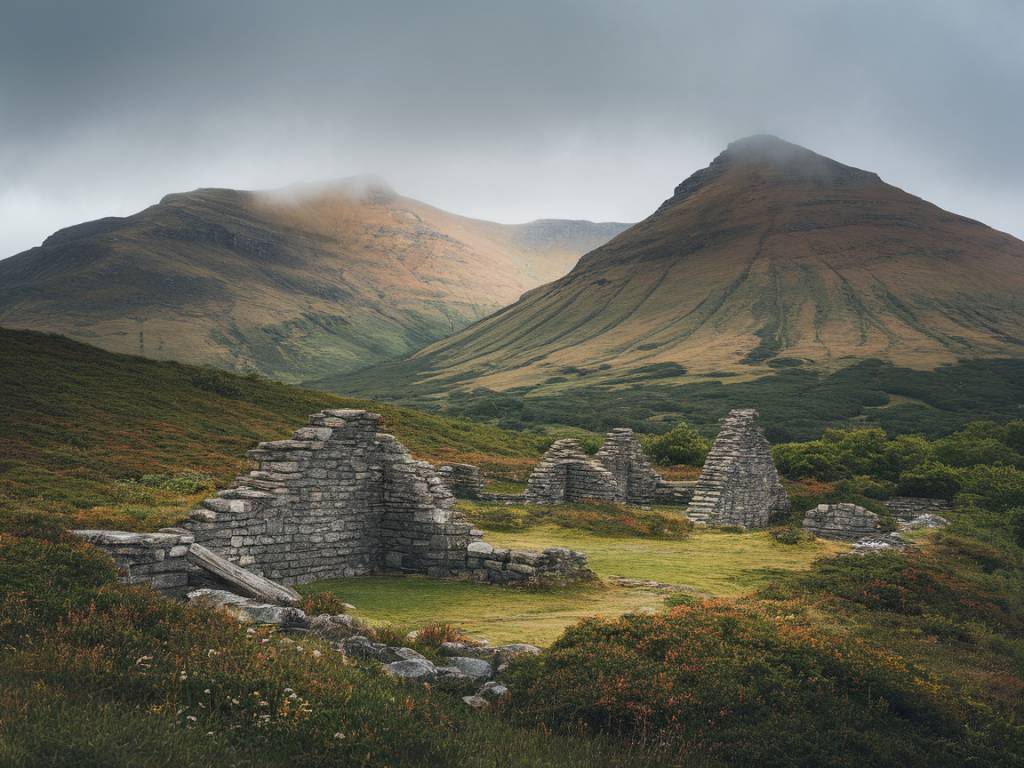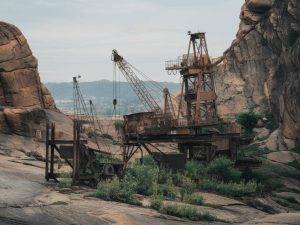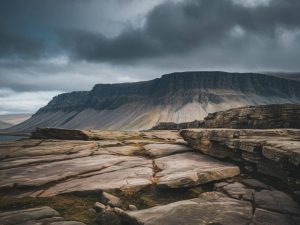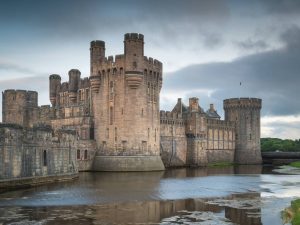Snowdonia’s landscapes: natural beauty and historical depth

Snowdonia’s landscapes: natural beauty and historical depth
Snowdonia: Where Natural Beauty Meets Historical Depth
Snowdonia, with its breathtaking landscapes and deep ties to Welsh heritage, is a place where nature effortlessly intertwines with history. This rugged region of northern Wales is best known for its towering peaks, tranquil lakes, and rolling valleys, offering visitors not only stunning views but also a journey through time. But what makes Snowdonia so enchanting? Let’s explore its natural beauty and dive into its fascinating historical depth.
The Majestic Landscapes of Snowdonia
Picture this: you’re standing on the summit of Mount Snowdon, the highest peak in Wales, and the panorama stretches as far as the Irish Sea on one side and the rolling Cambrian mountains on the other. At 1,085 meters, Snowdon (Yr Wyddfa in Welsh) is not just a peak; it’s a symbol of natural pride for Wales. Hikers and nature enthusiasts alike flock here for the experience of standing atop its legendary heights.
But Snowdonia is far more than just this iconic summit. Venture a little further, and you’ll find serene glacial lakes like Llyn Llydaw and Llyn Idwal, nestled amidst rocky hillsides. These bodies of water mirror their surroundings so perfectly that they feel almost unreal. Fancy a stroll through ancient oak woodlands? Coed y Brenin Forest Park offers trails that meander through lush greenery, making it feel like stepping into an old Welsh tale. Every corner of Snowdonia whispers of the wild and untamed.
History Woven into the Landscape
Snowdonia’s dramatic scenery is not just a feast for the eyes but also holds stories of Welsh legends, defiance, and resilience. Did you know that this region was once a stronghold of Llywelyn ap Gruffudd, the last native Prince of Wales? Rugged castles like Castell y Bere and Dolbadarn Castle served as both fortresses and symbols of defiance against English conquest in the 13th century. Imagine standing in their ruins today, feeling the echoes of a time when these stones bore witness to battles and royal decisions.
And then there’s the legend of King Arthur. Some believe that Snowdonia’s peaks and valleys are steeped in Arthurian lore. One tale even links the massive boulder-strewn slopes of Cwm y Llan to the mythical battle of Camlann, Arthur’s last stand. Truth or fiction, it’s hard to ignore the sense of mystery that hangs in the air here.
Snowdonia’s rich mining history also deserves a mention. Slate mining played a pivotal role in shaping the region’s communities during the 19th and early 20th centuries. Explore UNESCO’s World Heritage-listed Welsh Slate Landscape, including remnants of mines and quarries, and understand how this “grey gold” put Wales on the industrial map. The Nantlle Valley and Blaenau Ffestiniog are particularly significant locations that help tell this industrious tale.
Snowdonia’s Culinary Heritage
What better way to connect with a landscape than through its food? Snowdonia offers a taste of Welsh culinary traditions that have been influenced by the local environment. Think of hearty dishes like lamb cawl (a comforting stew), which hails from the flocks that graze on the mountain slopes. Or indulge in Snowdonia Cheese, whose award-winning flavors offer a modern twist on traditional cheese-making practices.
Make a stop at a local tea room for bara brith, a delicious, spiced fruit bread often served warm with a spread of creamy Welsh butter. And let’s not forget laverbread, sometimes called “Welsh caviar,” made from seaweed gathered along the Welsh coastline. It’s a dish that perfectly encapsulates Snowdonia’s connection to both land and sea.
Traditions and Community Life
It’s not just the landscapes and history that make Snowdonia special—it’s also the traditions kept alive by its communities. In rural villages like Beddgelert and Llanberis, you’ll find a rich cultural heritage celebrated through music, language, and festivals. The Welsh language thrives in Snowdonia, and a simple “Shwmae!” (“Hello!”) can make all the difference in a friendly exchange with the locals.
Seasonal events like Gwyl Gwydir, a celebration of Welsh music and storytelling, transport visitors into the world of ancient bardic traditions. It’s a reminder that while Snowdonia is a region steeped in history, it remains very much alive and vibrant today.
Exploring Snowdonia’s Modern Charm
While its past is celebrated, Snowdonia also embraces modern experiences that don’t detract from its natural and historic charm. Cycling trails, zip-line adventures at Zip World in Blaenau Ffestiniog, and serene train rides on the Snowdon Mountain Railway allow visitors of all ages and interests to connect with the region.
Those with an adventurous spirit might enjoy paddleboarding on Llyn Tegid (Bala Lake) or ascending Snowdon via one of its six major trails, each offering a unique perspective of the peak. And if you’d rather take it easy? There’s plenty of joy in simply finding a quiet spot to take in the beauty around you—perhaps with a flask of hot tea and a Welsh cake in hand.
Preserving Snowdonia for Future Generations
Snowdonia National Park, established in 1951, spans over 823 square miles and plays a vital role in preserving both the environment and cultural heritage of the region. Its protected status ensures that future generations can enjoy the same captivating views and uncover the same historical treasures that we experience today. The park’s efforts in conservation, rewilding projects, and support for local communities show that sustainability is at the heart of Snowdonia’s story.
Whether you’re visiting for the landscapes, the history, the food, or the traditions, Snowdonia promises an experience that goes beyond the surface. It’s a rare place where the natural world meets the depth of human storytelling, creating an adventure that’s as enriching as it is unforgettable.
So, the next time you’re planning a getaway, why not let the mountains of Snowdonia call your name? With its dramatic peaks, enchanting valleys, and tales of old, this gem of Wales is as much a journey for the soul as it is a destination. After all, isn’t that what travel is truly about?





